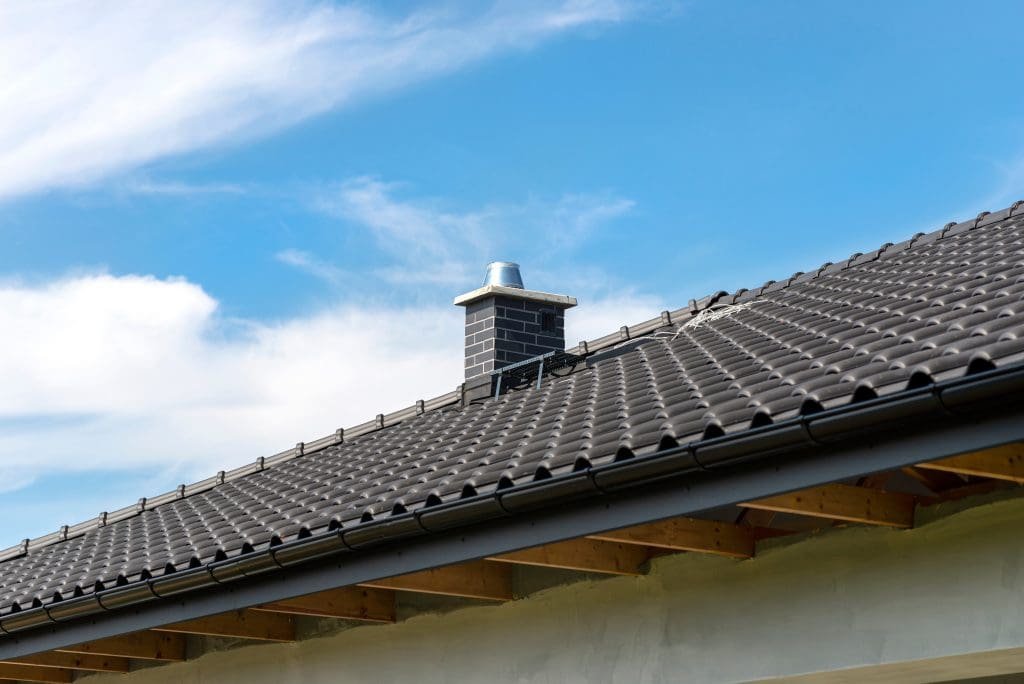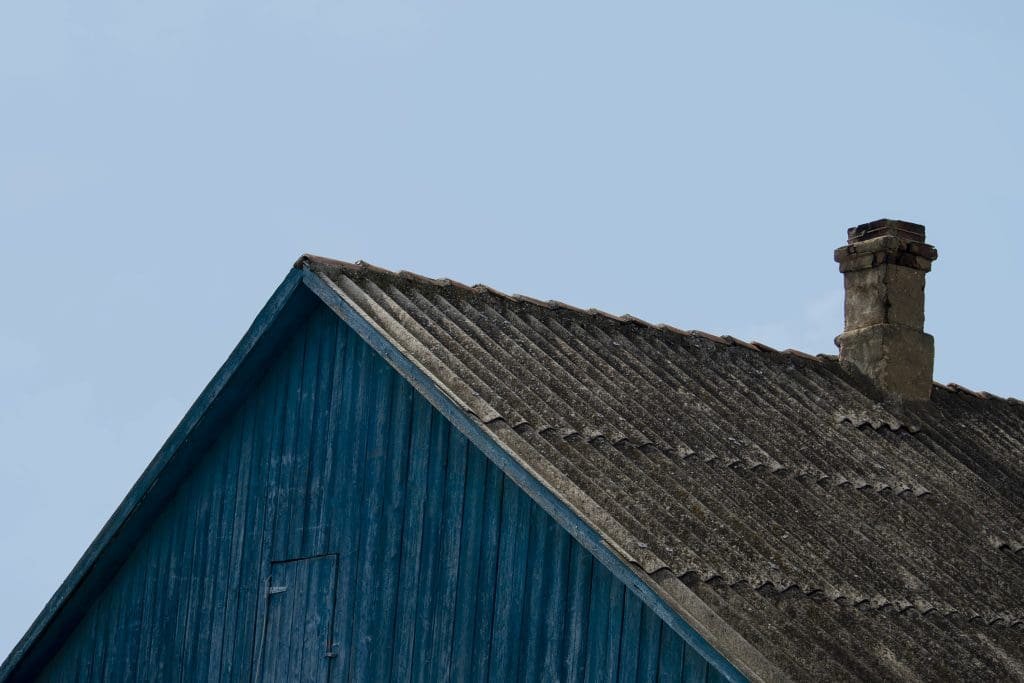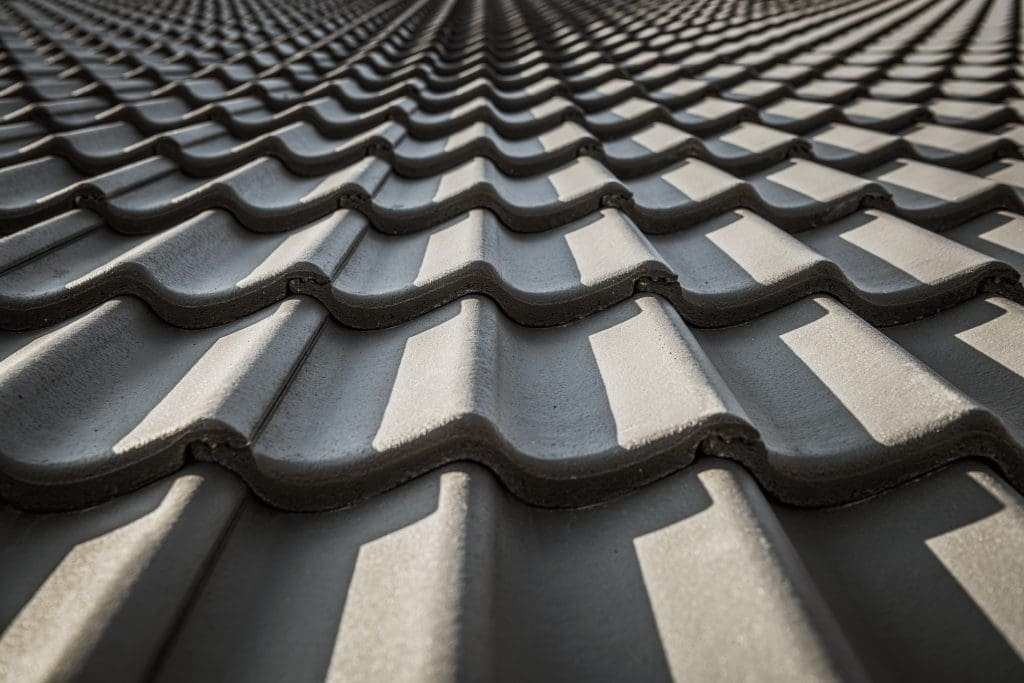Owning a home comes with numerous responsibilities, and one of the most crucial yet often overlooked aspects is roof maintenance. A well-maintained roof not only enhances the overall aesthetic of your home but also protects it from the elements. In this article, we will explore various tips and strategies to extend the life of your roof, ensuring it remains a strong barrier for years to come.
Understanding the Importance of Roof Maintenance
Regular roof maintenance is essential for every homeowner. It can significantly prolong the life of your roof and prevent costly repairs down the line. Understanding its importance can lead to better decision-making regarding home care.
The role of your roof goes beyond merely providing shelter. It acts as the first line of defense against environmental conditions, such as rain, snow, extreme heat, and debris from storms. A well-maintained roof safeguards your home’s interior from water damage, mold growth, and even structural failure.
Neglecting roof maintenance can have severe financial implications. A small leak can evolve into a significant issue, leading to costly repairs or even the need for a complete replacement. By prioritizing roof care, homeowners can save money and ensure long-term home integrity.
The Role of Your Roof in Home Protection
Your roof is a critical component of your home’s structure. It keeps you safe from weather extremes, regulates indoor temperature, and prevents pests from entering your living space. Moreover, a well-maintained roof enhances your property’s curb appeal, contributing to its overall value.
Additionally, the different layers of roofing materials are designed to work together to provide maximum protection. From the underlayment to the shingles, each component plays a significant role in safeguarding your home. Regular inspections can prevent small issues from escalating into larger threats. Furthermore, seasonal maintenance tasks, such as clearing gutters and checking for loose shingles, can be easily integrated into your home care routine, ensuring that your roof remains in optimal condition throughout the year.
The Cost of Neglecting Roof Maintenance
Neglecting your roof can lead to a range of problems that are not just limited to leaking. Structural damage, mold, and even pest infestations are common consequences of poor roof maintenance. The costs can quickly accumulate, costing homeowners thousands of dollars.
In some cases, neglect can also mean decreased home value. A roof that has not been maintained properly can be seen as a liability by potential buyers, leading to difficulty in selling the property when the time comes. Moreover, many insurance companies may require proof of regular maintenance to cover roof-related claims, meaning that neglecting this aspect could leave homeowners vulnerable in the event of a disaster. Investing time and resources into regular roof upkeep is not just about preserving the roof itself; it’s about protecting your entire investment in your home and ensuring peace of mind for years to come.
Regular Roof Inspections: A Must for Every Homeowner

Regular roof inspections are a proactive approach to home maintenance. They allow homeowners to identify issues before they become serious problems, ultimately saving money and time.
Regular inspections should be a part of your seasonal home maintenance routine. Ideally, you should inspect your roof at least twice a year—once in the spring and once in the fall. Additionally, consider an inspection after severe weather conditions, such as storms or heavy snowfall. These inspections not only help in maintaining the integrity of your roof but also enhance the overall lifespan of your home’s structure.
What to Look for During a Roof Inspection
During a roof inspection, it is essential to look for several key indicators of damage or wear:
- Shingles: Check for missing, cracked, or curling shingles.
- Flashing: Inspect metal flashing around chimneys and vents for signs of rust or damage.
- Gutters: Ensure gutters and downspouts are clear of debris to allow for proper water flow.
- Moss and Algae: Look for unwanted growth on the roof’s surface, which can indicate moisture retention.
- Interior Signs: Check your attic for water stains or mold, indicating possible leaks.
In addition to these indicators, it’s also wise to examine the overall condition of the roof’s surface. Look for any signs of sagging or unevenness, which could suggest underlying structural issues. Furthermore, pay attention to the seals around roof penetrations, such as vents and skylights, as these areas are often vulnerable to leaks if not properly maintained. Keeping a close eye on these details can help you avoid costly repairs down the line.
How Often Should You Inspect Your Roof?
As previously mentioned, a general rule of thumb is to inspect your roof at least twice a year. However, this frequency can increase based on several factors:
- If your home is in an area with extreme weather.
- After a significant storm or weather event.
- If your home is older and has not undergone recent repairs or upgrades.
Additionally, if you notice any changes in your energy bills, it may be worth scheduling an inspection sooner rather than later. A sudden spike in heating or cooling costs can indicate that your roof is not performing as it should, possibly due to leaks or inadequate insulation. By being vigilant, you can catch potential issues early, protecting your investment and ensuring the safety of your home.
Essential Roof Maintenance Tasks

There are several essential tasks homeowners should perform or arrange for professionals to carry out to maintain their roofs effectively. These tasks not only keep your roof in good shape but can also enhance its appearance. Regular maintenance can extend the lifespan of your roof, saving you money in the long run and ensuring your home remains a safe and comfortable environment.
Cleaning Your Gutters: A Simple Yet Crucial Task
Cleansing your gutters is one of the most straightforward maintenance tasks yet remains often neglected. Clogged gutters can divert water onto your roof, leading to leaks and water damage. Regular cleaning eliminates this risk, allowing rainwater to flow freely. In addition to preventing water damage, clean gutters also protect your landscaping and foundation from potential erosion caused by overflowing water.
To clean gutters, you should remove any debris, including leaves and twigs. Ensure the gutters are securely attached and free from rust or holes. Installing gutter guards can minimize the amount of debris that collects in your gutters and reduce the frequency of cleaning required. It’s also wise to inspect downspouts to ensure they are clear and directing water away from your home’s foundation, as this can prevent costly repairs in the future.
The Importance of Regular Roof Cleaning
Periodic roof cleaning is critical for preventing the buildup of dirt, algae, and moss. These elements can cause significant damage over time, leading to premature wear of roofing materials. Moreover, a clean roof enhances the overall aesthetic of your home. Algae and moss not only detract from your home’s curb appeal but can also hold moisture against the roofing material, which may lead to rot and deterioration.
Professional roof cleaning services often use safe methods such as soft washing, which effectively removes stains without damaging roofing materials. Consider scheduling a roof cleaning every few years, depending on your environment. Additionally, it’s beneficial to inspect your roof after heavy storms or high winds, as debris can accumulate and create new problems. Regular inspections can help catch minor issues before they escalate into major repairs, ensuring that your roof remains in top condition for years to come.
Addressing Roof Repairs Promptly

There will come a time when despite your best efforts, you encounter roof damage. Whether it’s a small leak or missing shingles, addressing these issues promptly is essential. Ignoring minor repairs can lead to more significant problems requiring extensive work. The longer you wait, the more likely you are to face complications that could have been easily avoided with timely intervention.
Identifying Common Signs of Roof Damage
Being able to identify signs of roof damage can save you from costly repairs. Common indicators include:
- Water Stains: Discoloration on ceilings is a sign of a potential leak.
- Sagging Roof Deck: A sagging roof can indicate structural damage.
- Granules in Gutters: Excess granule loss can signify deteriorating shingles.
- Mold Growth: Mold in your attic can point to moisture retention issues.
Why Immediate Roof Repair is Necessary
Immediate roof repairs prevent small issues from snowballing into more significant, costlier repairs. For example, neglecting a small leak can lead to water damage in your home, requiring extensive remediation and possibly even costly replacement of walls or ceilings.
Furthermore, prompt repairs can extend the lifespan of your roof and prevent premature wear and tear. By prioritizing roof repairs, you not only protect your home and belongings but also preserve your investment. Regular maintenance and timely repairs can also enhance your home’s energy efficiency, as a well-maintained roof helps regulate indoor temperatures, reducing heating and cooling costs.
In addition to the financial implications, addressing roof issues promptly can also improve the overall safety of your home. A compromised roof can pose risks such as falling debris or even structural collapse in severe cases. By being proactive and vigilant about roof maintenance, you ensure the safety of your family and visitors, creating a secure living environment. Moreover, staying ahead of repairs can also enhance your home’s curb appeal, as a well-maintained roof contributes significantly to the overall aesthetics of your property.
Choosing the Right Roofing Materials

Selecting the appropriate roofing materials is crucial for durability and longevity. With various options available, understanding what to look for can help you make the best choice for your home.
Factors to Consider When Selecting Roofing Materials
When choosing roofing materials, consider the following factors:
- Durability: Look for materials that can withstand local weather conditions.
- Energy Efficiency: Consider materials that reflect heat to lower cooling costs.
- Cost: Evaluate the upfront costs versus long-term durability and maintenance.
- Style: Select materials that complement the overall aesthetic of your home.
The Lifespan of Different Roofing Materials
The lifespan of roofing materials varies widely, making it essential to understand what to expect when selecting your options. Here’s a brief overview of common roofing materials and their typical lifespans:
- Asphalt Shingles: 15-30 years, depending on quality.
- Wood Shingles and Shakes: 20-30 years.
- Metal Roofing: 40-70 years, highly durable.
- Tile Roofing: 50 years or more, a great longevity option.
- Slate Roofing: 75 years or more, among the longest-lasting materials.
Understanding the lifespan of different materials can help you make a more informed decision and ultimately choose a roof that fits your long-term needs.
Additionally, it’s important to consider the environmental impact of your roofing choices. Many homeowners are now opting for sustainable materials, such as recycled metal or green roofs, which can provide insulation and support plant life. These options not only contribute to energy efficiency but also enhance the ecological footprint of your home. Furthermore, some materials, like clay tiles, are naturally sourced and can be recycled at the end of their life cycle, making them a responsible choice for the environmentally conscious homeowner.
Another factor to keep in mind is the installation process and the expertise required for different roofing materials. Some materials may require specialized installation techniques or professional expertise, which can affect overall costs and timeframes. For instance, while asphalt shingles are relatively easy to install and can be a DIY project for some, materials like slate or tile may necessitate skilled labor to ensure proper placement and prevent future issues. Understanding these nuances can help you budget effectively and avoid unexpected complications during your roofing project.





